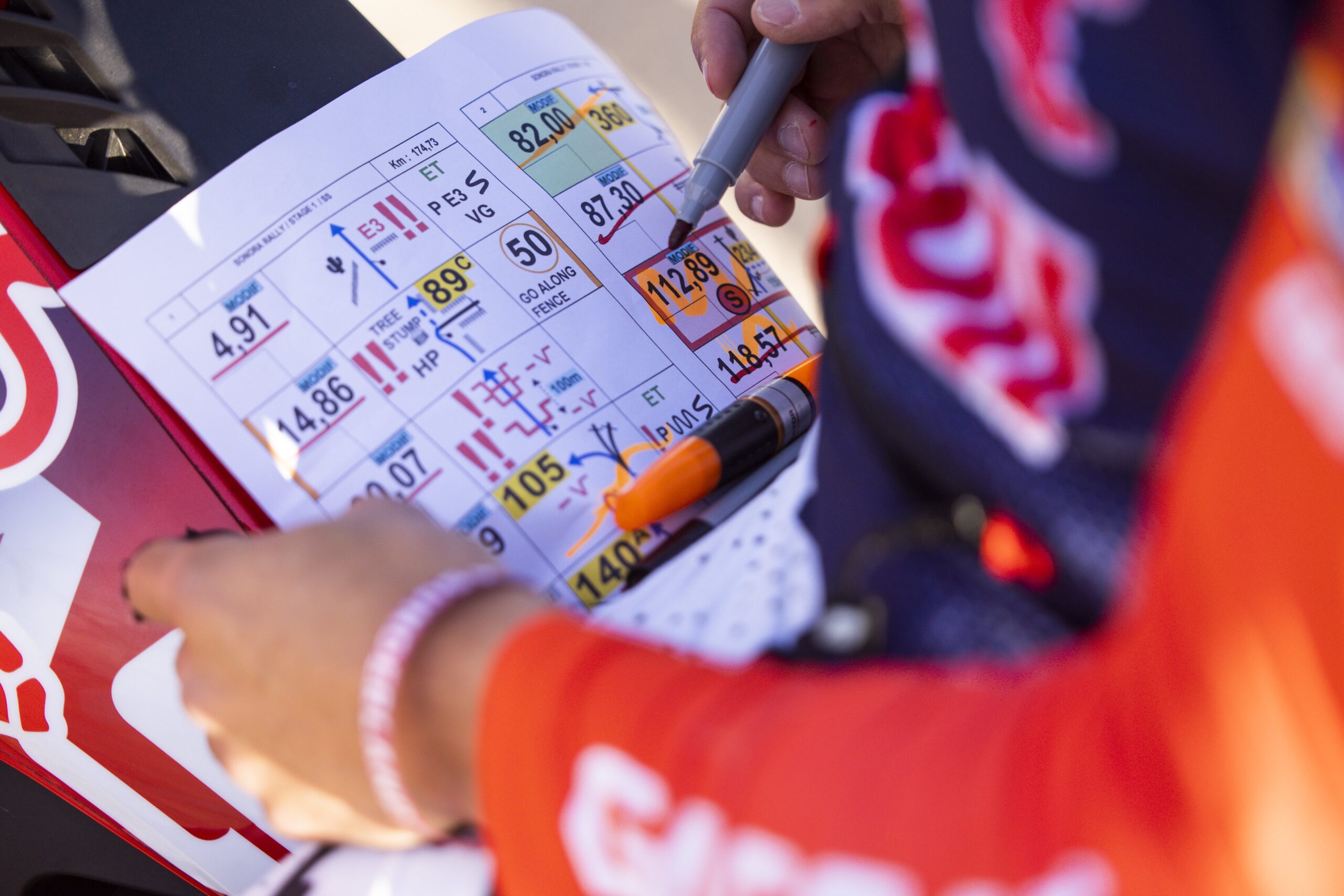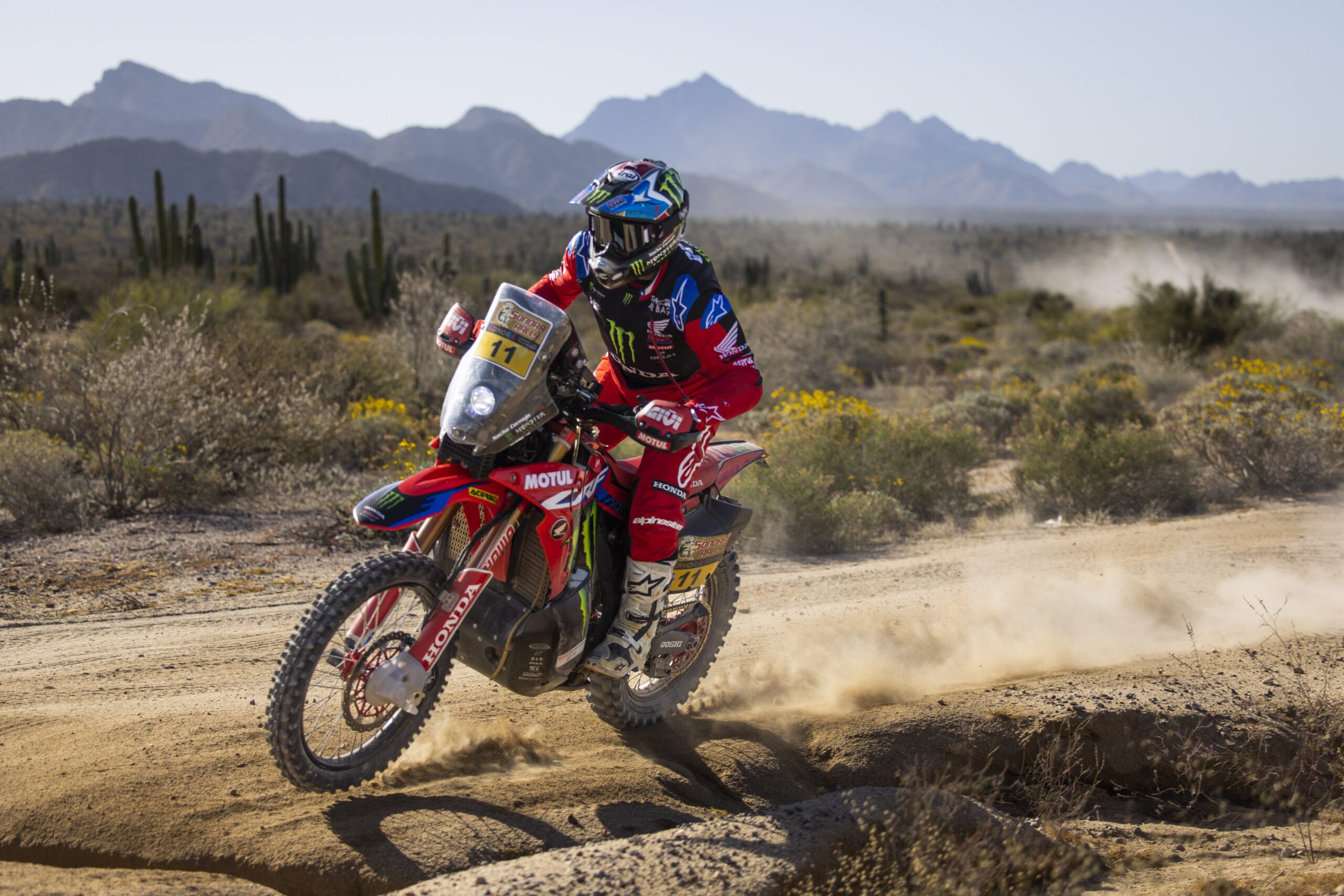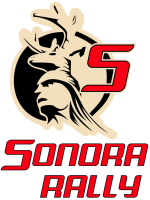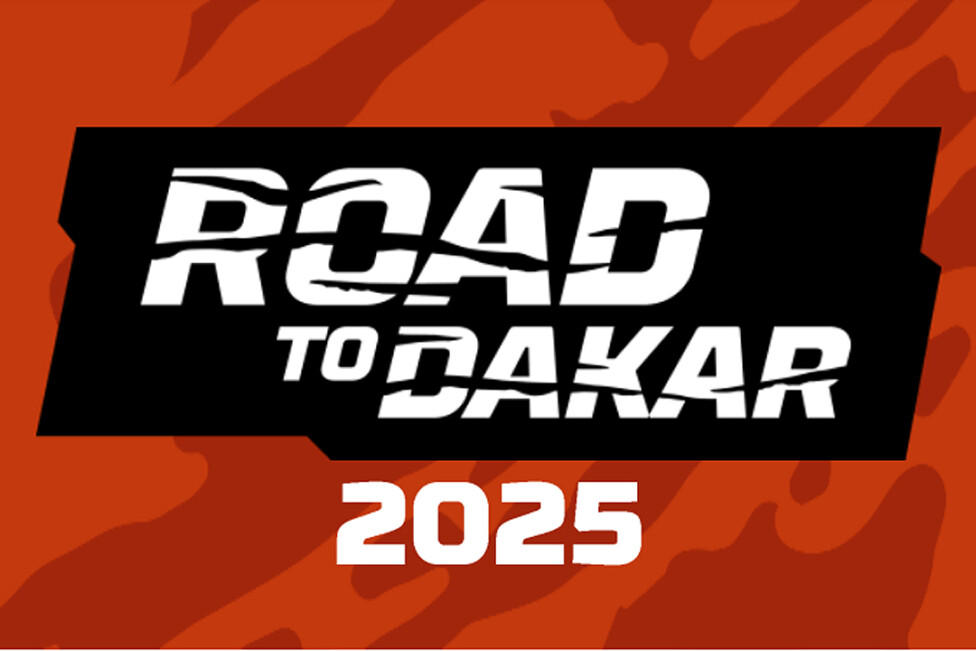

2024 SONORA RALLY CELEBRATES 10 YEARS AS THE ORIGINAL DAKAR-STYLE
NAVIGATION RALLY IN NORTH AMERICA.
A FIVE DAY OFF-ROAD RALLY THROUGH THE UNCHARTED TERRITORIES OF THE BEAUTIFUL SONORAN DESERT, UTILIZING DAKAR STYLE ROADBOOKS FOR NAVIGATION.
AT THE CHOICE OF THE FIA / FIM AND ASO (DAKAR), SONORA RALLY WAS THE ONLY RALLY IN NORTH AMERICA, TO PARTICIPATE IN THE WORLD RALLY RAID CHAMPIONSHIP (W2RC 2023).


SONORA TERRAIN
Competitors will traverse everything from rocky mountains, washes, many kilometers of flat-out beach, open deserts and the largest and most remote sand dunes in all of the Americas.
This terrain is completely different from Baja or Nevada, nearly all of the Sonora Rally takes place on “roads” and terrain completely unknown to off-road racing.
COURSE LOCATION & NAVIGATION
As with most cross-country rallies, the actual race course is never published and always kept secret from competitors until the race start. Dakar- Style Roadbooks are handed out each evening, to prepare for the next days stage. There is no pre-running, no GPS, and the course is not marked. Understanding how to navigate and how to use the Roadbooks correctly, are the keys to doing well in this rally.
NEWCOMERS TO THE RALLY FORMAT?
Don’t worry! There will be a condensed version of our Navigation School prior to the first drivers meeting, on the day of registration. Also, watch our social media for Sonora Rally Navigation School dates held a few times a year.
ODOMETER REQUIREMENTS
All race vehicles are required to have an odometer with 1/10 or 1/100 kilometer precision, as well as a digital compass (GPS) that provides “True North” vehicle headings in numeric format (0 to 359 degrees). The odometer MUST be adjustable up and down in distance via manual control. Utilizing a GPS as an odometer is generally not acceptable since they are usually not easily adjustable on-the-fly. All distances in the roadbook will be in kilometers, not miles. These are all standard requirements for cross-country rallies worldwide.
CREW SUPPORT
In cross-country rally, competitors take care of themselves while on the race course. Crew support is allowed in the bivouac only. Support provided to competitors, by crew members, on the “Special” stages OR Transfers (Liaison), is forbidden, except where specifically authorized by the rally organization. However, fellow competitors are allowed to help each other on Specials or Transfers (Liaisons).
BIVOUAC
The “bivouac” is the camp where competitors and crew are required to eat, sleep, work on their vehicles and attend drivers meetings. It is a space for camaraderie and story telling and a place where the super star famous riders and drivers mix with the new kids, offering inspiration and excitement each night. Sonora Rally bivouacs are known worldwide for their incredible food, cultural experiences and natural beauty.
There are showers, bathrooms and camping space available in each bivouac.
FUEL
Competitors must supply their own fuel. Each stage will have a fuel area near the start of the Special (usually competitor provided gas cans), and on certain stages, there can be a single neutralized (off the clock) fuel stop mid-way through.
Motos: 150-160km between authorized refuelings. Any stages longer than 150km the organization will have a 10 minute neutralized stop in order to fuel the bike safely.
Cars, Trucks, UTVs: Should have fuel range of minimum 250km. Remember: Fuel range is much worse in sand and dunes than what you would normally get, so give yourself plenty of margin!




